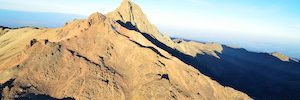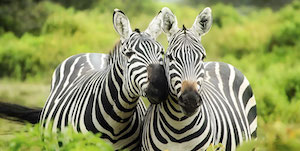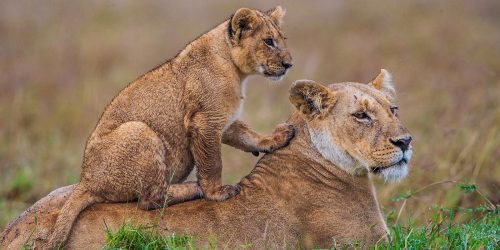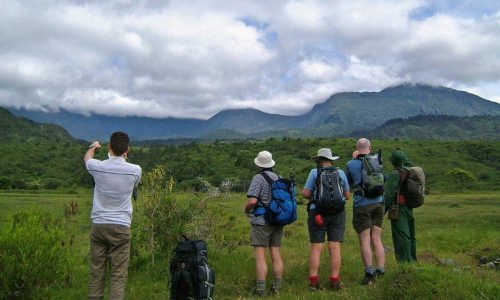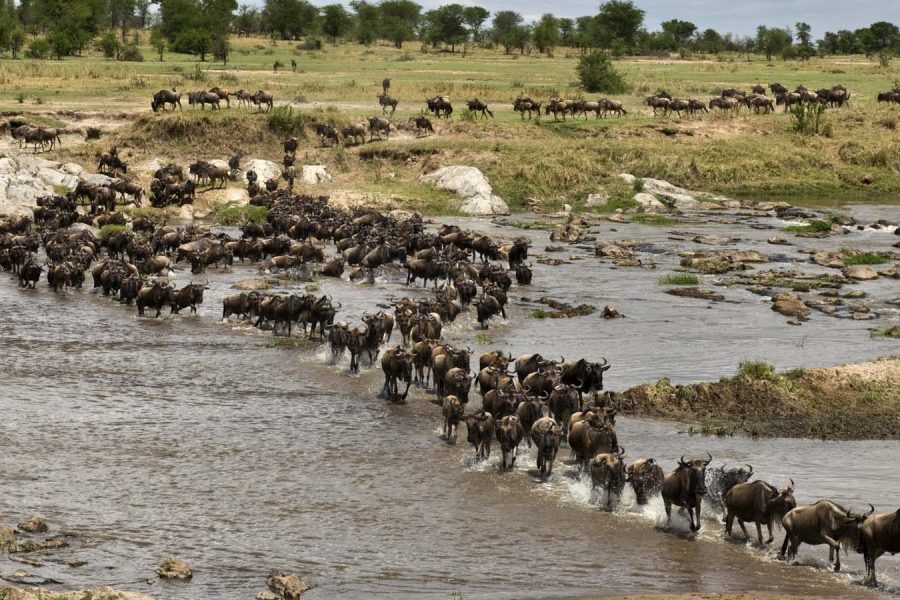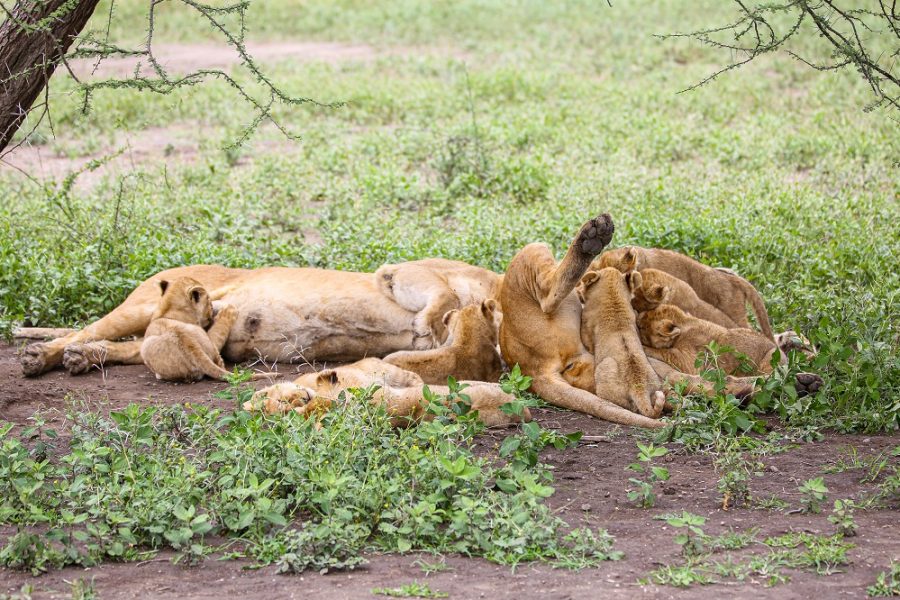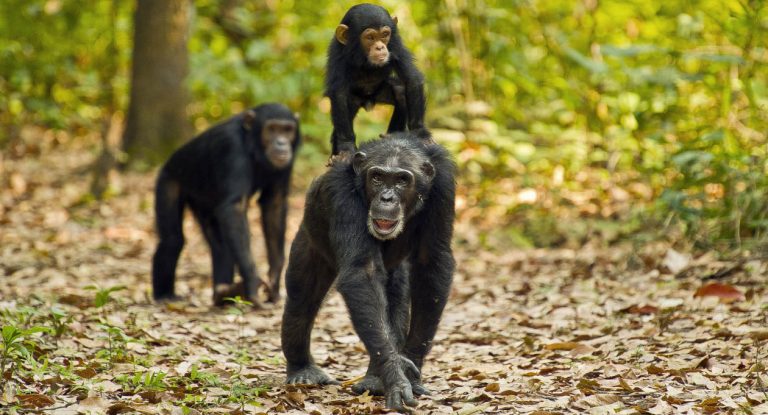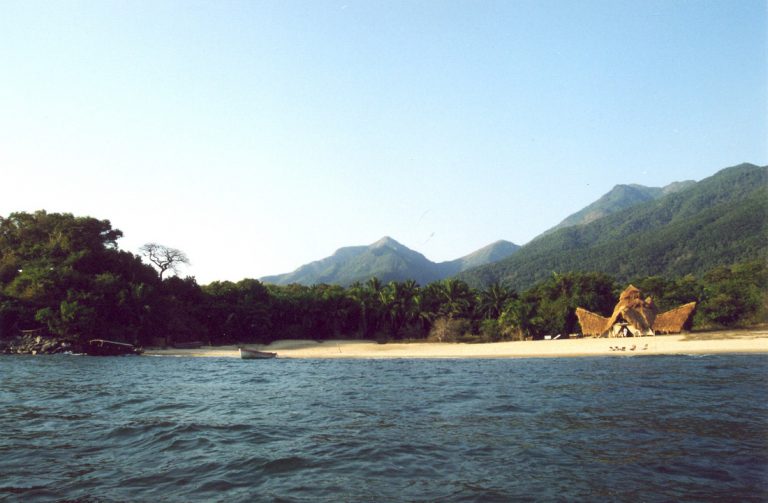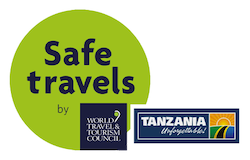
- Home
- Adventures
Mountain Trekking
Mount Meru
OTHER MOUNTAIN
- Activities
- Destinations
- Get to Know
- About JK
JUNGLE OF KILIMANJARO TRIPS
Jungle of Kilimanjaro trips is one of African travel companies specialized on Mountain trekking in Mount Kilimanjaro, Mount Meru, Ol Doinyo Lengai and Usambara Mountain, not only that, but also Adventure Safaris, Beach holiday safari in Zanzibar and Mafia Island, Cultural tourism programs and walking tours. We provide an exhaustive before and after safari.
- Home
- Adventures
Mountain Trekking
Mount Meru
OTHER MOUNTAIN
- Activities
- Destinations
- Get to Know
- About JK
JUNGLE OF KILIMANJARO TRIPS
Jungle of Kilimanjaro trips is one of African travel companies specialized on Mountain trekking in Mount Kilimanjaro, Mount Meru, Ol Doinyo Lengai and Usambara Mountain, not only that, but also Adventure Safaris, Beach holiday safari in Zanzibar and Mafia Island, Cultural tourism programs and walking tours. We provide an exhaustive before and after safari.
- Home
- Adventures
Mountain Trekking
Mount Meru
OTHER MOUNTAIN
- Activities
- Destinations
- Get to Know
- About JK
JUNGLE OF KILIMANJARO TRIPS
Jungle of Kilimanjaro trips is one of African travel companies specialized on Mountain trekking in Mount Kilimanjaro, Mount Meru, Ol Doinyo Lengai and Usambara Mountain, not only that, but also Adventure Safaris, Beach holiday safari in Zanzibar and Mafia Island, Cultural tourism programs and walking tours. We provide an exhaustive before and after safari.
